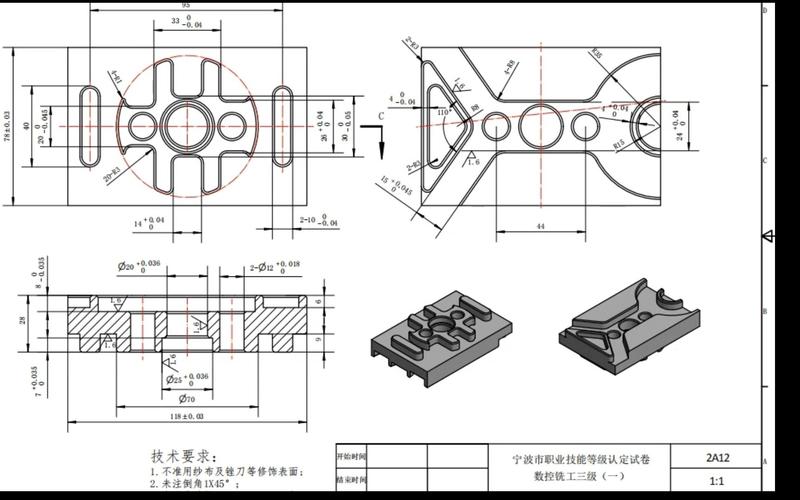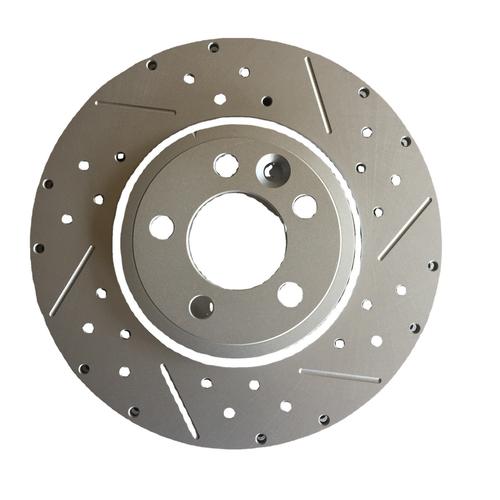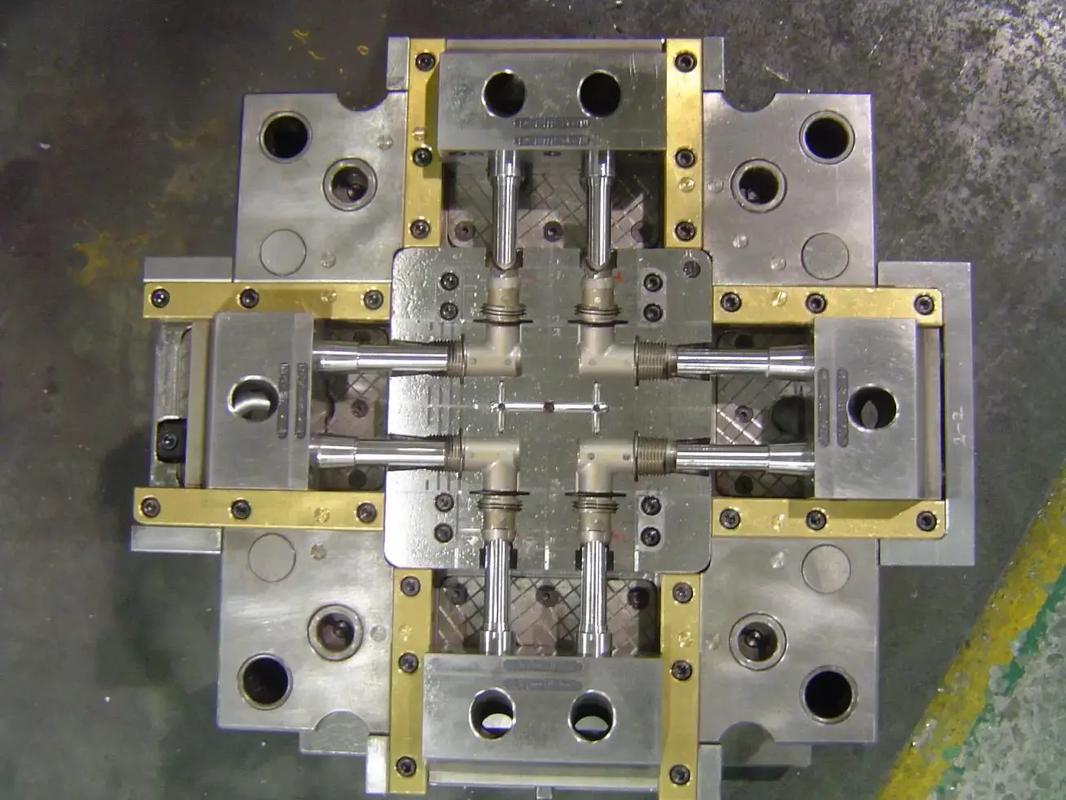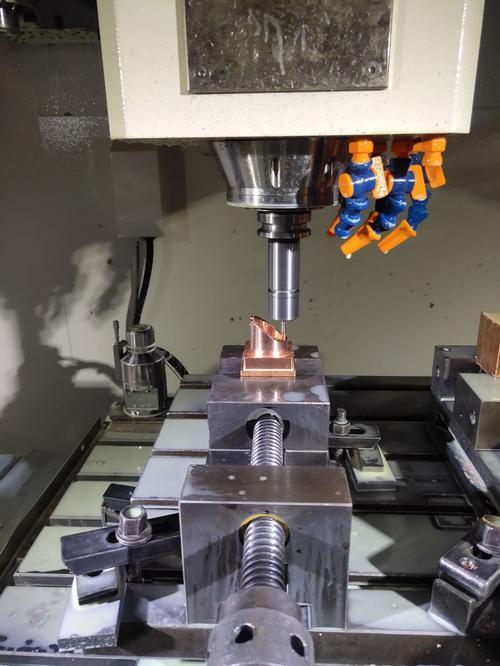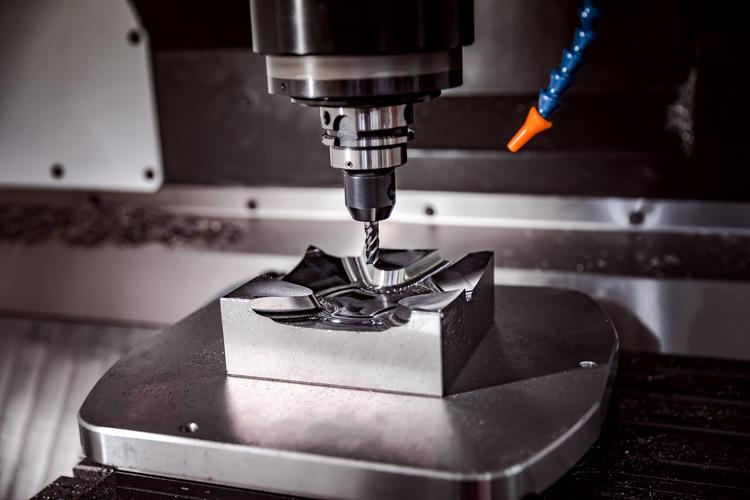Deburring CNC parts is a process that removes excess burrs generated after machining using mechanical, chemical, thermal, or other means. Its purpose is to ensure the dimensional accuracy, assembly performance, and operational safety of the parts. Common methods include manual grinding, mechanical polishing, ultrasonic treatment, and electrolytic deburring. The choice of method depends on the material, structure, and precision requirements of the parts, and it is particularly suitable for removing fine burrs produced by processes such as milling and drilling.
Detailed Analysis of Deburring CNC Parts
1. Core Technologies and Methods
Deburring technologies need to match the type of burr (such as flash, sharp edge burrs, filamentous burrs) and the characteristics of the parts. The main technologies include:
-
- Grinding with Abrasive Wheels/Sandpaper: Rubbing the edges of parts with rotating abrasive wheels or sanding belts, suitable for metal parts with simple structures such as flat surfaces and outer circles (e.g., steel, aluminum). The choice of grit size depends on the size of the burrs: coarse sand (80–120 mesh) for large burrs, and fine sand (400–600 mesh) for finishing.
-
- Brushes/Steel Wire Wheels: Nylon brushes (soft) are suitable for soft metals like aluminum and copper, and steel wire wheels (hard) are used for hard metals like steel and titanium. They can be used in automated equipment (e.g., robots equipped with brushes) for batch processing to avoid manual errors.
-
- Ultrasonic Deburring: Immersing parts in a solution containing abrasives and using ultrasonic vibrations (20–40 kHz) to generate micro-impacts to peel off burrs. It is suitable for complex inner cavities (e.g., hydraulic valve holes, gear roots) and small parts (electronic connector pins) without damaging the part surface.
- Chemical and Electrolytic Deburring:
-
- Chemical Etching: Using acidic or alkaline solutions (e.g., a mixture of nitric acid and hydrofluoric acid) to corrode burrs (burrs are more easily corroded due to their large surface area). It is suitable for precision parts made of copper, aluminum, etc. (e.g., circuit board pins), and the time needs to be strictly controlled to avoid excessive corrosion.
-
- Electrolytic Deburring: Using the part as the anode and the tool electrode as the cathode, and passing an electric current in the electrolyte to dissolve the burrs. It is suitable for hard metals (e.g., stainless steel, titanium alloys) with complex inner cavities (e.g., engine injector holes), with a precision of up to ±0.01mm.
- Thermal and Physical Deburring:
-
- Laser Deburring: Focusing a high-energy laser beam on the burrs to melt and evaporate them, suitable for small, precision parts (e.g., medical needles, electronic chip pins). There is no mechanical contact, avoiding part deformation.
-
- Cryogenic Deburring: Placing parts and abrasives (e.g., plastic pellets) in a low-temperature (-70~-120°C) environment to make the burrs brittle, and removing them by the impact of abrasives. It is suitable for CNC parts made of elastic materials such as plastic and rubber.
2. Deburring Process
A reasonable process can ensure the effect and efficiency of deburring. The typical steps are as follows:
- Burr Inspection: Confirm the position, size, and type of burrs through visual inspection (magnifying glass, microscope) or touch (e.g., edge burrs generated by milling, burrs at the orifice after drilling), and record the precision requirements (e.g., medical parts need to have no sharp edges, with a tolerance of ±0.005mm).
- Pretreatment: Clean the parts to remove cutting fluid and oil stains (using alcohol or alkaline cleaning agents), and fix precision parts (e.g., gears) to prevent displacement during processing.
- Deburring Operation:
-
- For batch simple parts (e.g., aluminum connectors), use an automated brush machine with a rotation speed of 1000–3000rpm and a processing time of 10–30 seconds;
-
- For complex inner cavity parts (e.g., hydraulic valve bodies), use electrolysis with a voltage of 10–30V and a processing time of 2–5 minutes, and the electrolyte temperature is controlled at 20–30°C;
-
- For small parts (e.g., electronic probes), use ultrasonic waves with a frequency of 28–40kHz and a processing time of 5–15 minutes, combined with abrasives (e.g., alumina powder) to enhance the effect.
- Post-Treatment: Clean the parts to remove residual abrasives or electrolytes (rinse with deionized water), and inspect again after drying to ensure no residual burrs and that the part size does not exceed the tolerance.
3. Material Compatibility
CNC parts made of different materials need to be matched with specific deburring methods to avoid damaging the substrate:
-
- Soft metals such as aluminum and copper: suitable for brush grinding and ultrasonic treatment (to avoid surface scratches caused by too hard tools);
-
- Medium-hard metals such as steel and stainless steel: can use abrasive wheel grinding and electrolytic deburring (electrolytic method does not affect hardness);
-
- Hard and brittle metals such as titanium alloys and high-temperature alloys: laser or electrolytic deburring is preferred (mechanical methods are prone to generating new burrs).
-
- Plastics such as nylon and ABS: use cryogenic deburring (-80°C) or soft brushes (to prevent material deformation);
-
- Carbon fiber composites: use ultrasonic waves with soft abrasives (to avoid fiber breakage leading to reduced strength).
4. Types of CNC Parts for Deburring
Different structures of CNC parts require different deburring methods:
- Flat Parts (e.g., flanges, cover plates): use abrasive belt machines or disc grinders, with high automation, suitable for mass production;
- Hole Parts (e.g., bolt holes, oil circuit holes): use rotating files or electrolytic methods for burrs at the orifice, and rely on ultrasonic waves or high-pressure water jets (pressure 5–30MPa) for burrs on the inner wall of deep holes;
- Special-Shaped Parts (e.g., gears, turbine blades): use special brushes (with profiling design) or laser scanning to remove burrs at the tooth roots and blade edges to ensure tooth shape accuracy;
- Small Parts (e.g., electronic probes with a diameter <1mm): use ultrasonic or laser deburring to avoid damage to parts caused by manual operation.
5. Industry Application Scenarios
Various industries have different requirements for the precision and efficiency of deburring. The application scenarios are as follows:
- Aerospace: Engine blades and hydraulic pipeline joints (titanium alloy/stainless steel) require electrolytic or laser deburring to ensure no burrs fall off and cause equipment failure, with a precision requirement of ±0.005mm;
- Automobile Manufacturing: Gearboxes, brake oil pipe interfaces (steel/aluminum alloy) use automated brush machines for batch deburring, with a processing efficiency of 1000 pieces/hour to ensure assembly tightness;
- Electronics Industry: Chip pins and connectors (copper/brass) use ultrasonic deburring to avoid short circuits, and the surface roughness needs to be controlled below Ra0.8μm;
- Medical Equipment: Surgical instruments (stainless steel) require manual fine grinding + electrolytic deburring to ensure no sharp edges scratch the human body and meet sterile requirements (can withstand high-temperature disinfection);
- Precision Instruments: Clock gears and sensor components (brass/aluminum alloy) use laser deburring to ensure transmission accuracy and avoid jamming caused by burrs.
6. Challenges and Optimization Strategies
Deburring needs to balance efficiency and precision. Common challenges and solutions are as follows:
- Complex Inner Cavity Burrs: For burrs on the inner wall of cross holes, use high-pressure water jets (pressure 50–100MPa) with rotating nozzles, or electrolytic deburring (tool electrodes copying the shape of the hole);
- Batch Consistency: Manual deburring has large errors. Instead, use robots equipped with vision systems to identify burr positions in real-time and adjust tool paths, suitable for batch scenarios in automobiles and electronics;
- Avoid Over-Processing: Over-grinding of precision parts (e.g., gratings) will change the size. Laser profilometers need to be used for real-time monitoring to ensure that the part tolerance after deburring is within ±0.01mm;
- Cost Control: For small batches of complex parts, a combination of methods can be used (e.g., first mechanically remove large burrs, then manually finish); for batch parts, use automated production lines (e.g., brush + ultrasonic linkage equipment) to reduce unit costs.
In conclusion, deburring CNC parts needs to select appropriate technologies according to materials, structures, and industry requirements. Through a closed-loop process of “inspection – processing – verification”, the performance, safety, and assembly compatibility of parts are ensured, which is an indispensable link in precision manufacturing.



